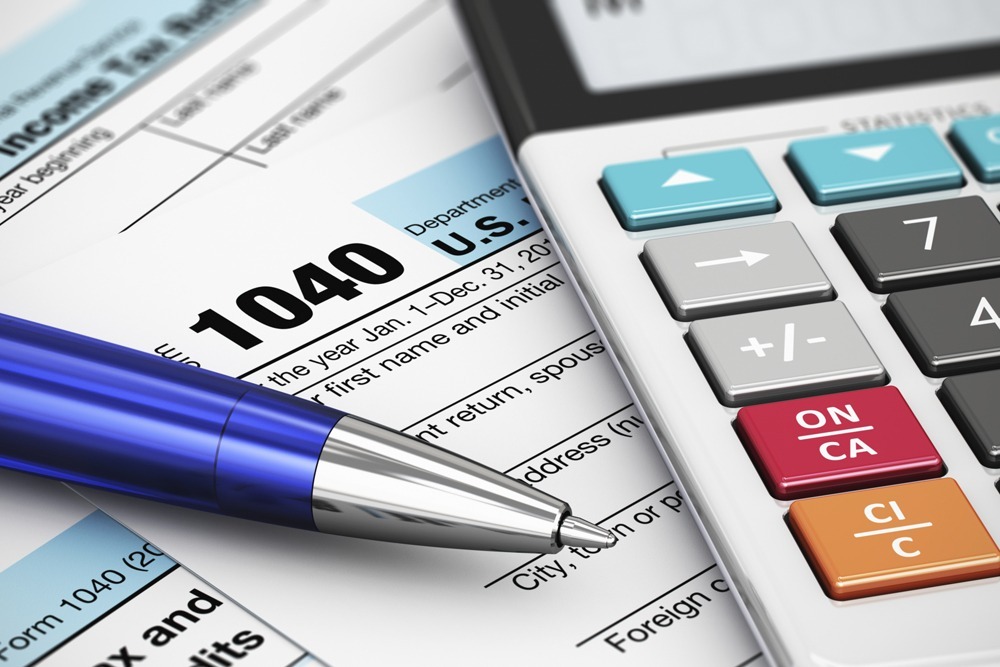How to Obtain a Tax Credit for a Roof Replacement
179 Tax Deduction for Commercial Roofing
179 Tax Deduction, also known as Section 179, which allows businesses to claim a significant tax deduction on the cost of commercial roofing systems.
179 Tax Deduction for Commercial Roofing 2024
The Section 179 deduction is a tax incentive that allows businesses to deduct the cost of certain property and equipment in the year they are purchased, rather than depreciating them over time. For commercial roofing, this can be a huge benefit, as it can help offset the cost of replacing or repairing a roof.
Here’s what you need to know:
Eligibility: The 179 deduction is available to businesses that are eligible for the section 179 expense. This includes:
- C Corporations
- S Corporations
- Limited Liability Companies (LLCs)
- Sole Proprietors

What is considered a commercial roof?: A commercial roof is a roof that is used for business purposes, such as:
- Office buildings
- Retail stores
- Restaurants
- Warehouses
- Manufacturing facilities
- Apartment buildings (if the building is owned by a business)
What is eligible for the 179 deduction?: The 179 deduction applies to the following types of commercial roofing expenses:
- Roof replacement or repair costs
- Roof coatings or sealants
- Roof inspections and maintenance services
- Roof monitoring and testing systems

How much can you deduct?
The amount you can deduct under Section 179 varies depending on your business’s tax situation. In general, you can deduct up to $1.08 million (for 2024) of the cost of qualified property and equipment, including commercial roofing expenses.
How do you claim the 179 deduction?: To claim the 179 deduction, you’ll need to:
- Keep records of your commercial roofing expenses, including receipts, invoices, and any other documentation.
- Calculate your total eligible expenses using Form 4562.
- Complete Form 1040, Schedule C (Form 1040), or Form 1120 to report your business income and expenses.
- Attach Form 4562 to your tax return to claim the 179 deduction.
Important deadlines: To take advantage of the 179 deduction, you’ll need to file your tax return by the deadline for your business’s tax year. For most businesses, this is March 15th or April 15th, depending on whether you’re filing on a calendar year or fiscal year basis.
Tax professionals: If you’re unsure about how to claim the 179 deduction or need help with your tax return, consider consulting a tax professional. They can help you navigate the process and ensure you’re taking advantage of all the tax savings available to your business.
That’s it! The 179 deduction can be a valuable way to save on taxes when it comes to commercial roofing expenses. Just remember to keep track of your expenses and follow the necessary steps to claim the deduction.
Obtaining a Tax Credit for a Roof Replacement in 2024!
As a business owner, replacing a roof can be a costly and necessary expense. However, there are ways to reduce the financial burden of a roof replacement, including tax credits! Here’s a step-by-step guide on how to obtain a tax credit for a roof replacement in 2024:
Tax Credits: A tax credit is a direct reduction in the amount of taxes you owe. In contrast, a tax deduction is a reduction in the amount of income that is subject to tax. For roof replacement, you can claim the Energy Efficient Commercial Building Deduction (179D) or the Residential Energy Efficient Property Credit (25C).

Eligibility: To be eligible for the 179D tax credit, your building must be used for commercial purposes, such as:
- Office buildings
- Retail stores
- Restaurants
- Warehouses
- Manufacturing facilities
What Qualifies?: The 179D tax credit applies to energy-efficient commercial building improvements, including:
- Roofing systems (e.g., solar roofs, cool roofs, green roofs)
- Insulation
- Windows and doors
- HVAC systems
- Lighting systems

How to Obtain the 179D Tax Credit:
- Determine the eligible cost: Calculate the total cost of your energy-efficient roof replacement, including labor and materials.
- Meet the energy efficiency requirements: Ensure that your roof replacement meets the energy efficiency standards set by the Internal Revenue Service (IRS). You can use software tools or consult with an energy auditor to determine the energy efficiency of your roof.
- Fill out Form 3800: Complete Form 3800, Energy Efficient Commercial Building Deduction, which is available on the IRS website. You’ll need to provide detailed information about your energy-efficient roof replacement, including the cost and energy efficiency improvements.
- Attach supporting documentation: Include supporting documentation, such as receipts, invoices, and energy efficiency certifications, to verify your claims.
- File your tax return: Attach Form 3800 and supporting documentation to your tax return (Form 1120) and file it with the IRS.
Tax Credits for Residential Roof Replacement:
For residential roof replacements, you may be eligible for the Residential Energy Efficient Property Credit (25C). This credit is available for homeowners who install energy-efficient property, such as:
- Solar panels
- Solar water heaters
- Geothermal heat pumps
- Fuel cells
To claim this credit, you’ll need to:
- Meet the eligibility requirements: Ensure that your roof replacement meets the eligibility requirements set by the IRS.
- Fill out Form 5695: Complete Form 5695, Residential Energy Efficient Property Credit, which is available on the IRS website. You’ll need to provide detailed information about your energy-efficient roof replacement, including the cost and energy efficiency improvements.
- Attach supporting documentation: Include supporting documentation, such as receipts, invoices, and energy efficiency certifications, to verify your claims.
- File your tax return: Attach Form 5695 and supporting documentation to your tax return (Form 1040) and file it with the IRS.
Important Deadlines: To claim these tax credits, you’ll need to file your tax return by the deadline for your business’s tax year. For most businesses, this is March 15th or April 15th, depending on whether you’re filing on a calendar year or fiscal year basis.
Tax Professionals: If you’re unsure about how to claim these tax credits or need help with your tax return, consider consulting a tax professional. They can help you navigate the process and ensure you’re taking advantage of all the tax savings available to your business.
Remember to keep track of your expenses and follow the necessary steps to claim these tax credits. By doing so, you can reduce your tax liability and enjoy significant savings on your roof replacement!
Here is the link to the IRS website for the 179 Tax Deduction:
IRS Website:
- www.irs.gov
- www.irs.gov/forms-pubs/about-form-4562 (Form 4562 instructions)
Form 4562:
- www.irs.gov/forms-pubs/irs-form-4562 (Form 4562 PDF)
- www.irs.gov/pub/irs-pdf/f4562.pdf (Form 4562 fillable PDF)
Section 179 and Form 4562:
- www.irs.gov/businesses/small-businesses-self-employed/section-179-deduction (Section 179 Deduction information)
- www.irs.gov/forms-pubs/about-form-4562#Section-179-Deduction (Section 179 Deduction information on Form 4562)
Publication 946:
- www.irs.gov/pub/irs-pdf/p946.pdf (Publication 946, How to Depreciate Property)
Tax Professionals:
- www.irs.gov/tax-professionals (Tax Professional Resources)
Remember to always consult with a tax professional or the IRS directly if you have any questions or concerns about claiming the 179 Tax Deduction or filing your tax return.
